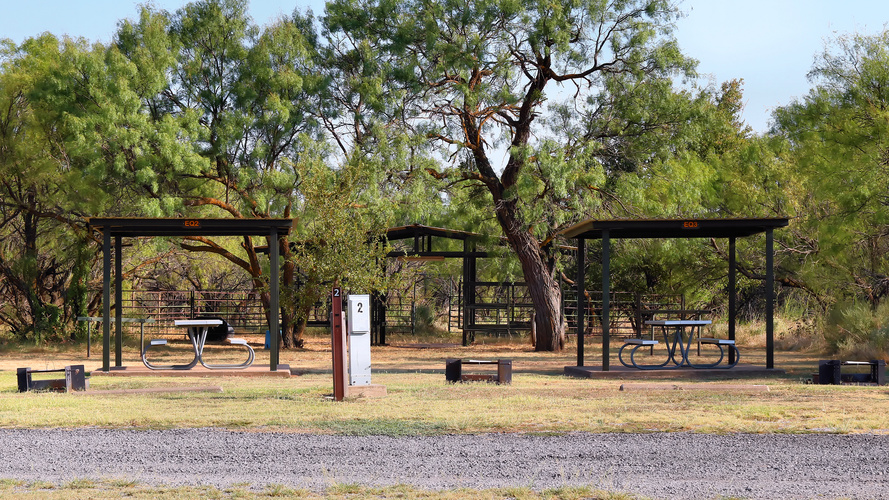Lake Arrowhead, a crucial water source in Texas, faces ongoing concerns about its water levels. As of October 2024, the lake stands at 65.4% capacity, with water levels 6.12 feet below the conservation pool elevation. This article examines the current state of Lake Arrowhead, exploring historical trends, conservation efforts, and potential impacts on the local ecosystem. We’ll delve into the factors contributing to water level fluctuations and the measures being taken to address these challenges.
What Are the Current Water Levels at Lake Arrowhead?

Lake Arrowhead’s water levels have been a subject of concern in recent years. As of October 3, 2024, the lake’s status is as follows:
- Percent Full: 65.4%
- Mean Water Level: 919.88 feet above NGVD29
- Deficit: 6.12 feet below the conservation pool elevation of 926.00 feet
To better understand the lake’s current condition, let’s examine its historical water levels:
| Time Period | Percent Full | Mean Water Level (feet) |
|---|---|---|
| Current | 65.4% | 919.88 |
| 1 month ago | 68.4% | 920.43 |
| 3 months ago | 76.4% | 921.97 |
| 6 months ago | 55.4% | 917.70 |
| 1 year ago | 55.5% | 917.72 |
This data reveals fluctuations in water levels over time, with the lake experiencing both increases and decreases in capacity.
How Do Current Levels Compare to Historical Data?

Analyzing the historical data provides insights into Lake Arrowhead’s water level trends:
- Short-term decline: Over the past three months, the lake has seen a decrease from 76.4% to 65.4% capacity.
- Long-term improvement: Compared to one year ago, the lake’s capacity has increased from 55.5% to 65.4%.
- Seasonal variations: The data suggests seasonal fluctuations, with higher levels in spring and early summer.
These trends indicate that while Lake Arrowhead is not currently at full capacity, it has shown some recovery compared to previous years.
What Factors Contribute to Lake Arrowhead’s Water Level Changes?
Several factors influence Lake Arrowhead’s water levels:
- Precipitation: Rainfall and snowmelt are primary sources of water for the lake.
- Evaporation: High temperatures can lead to increased water loss through evaporation.
- Water usage: Withdrawals for municipal and agricultural purposes affect lake levels.
- Climate patterns: Long-term climate trends can impact water availability.
- Dam management: Controlled releases for downstream needs or maintenance can alter lake levels.
Understanding these factors is crucial for effective water management and conservation efforts.
What Measures Are in Place to Manage Water Resources?
The Lake Arrowhead Community Services District (LACSD) has implemented several measures to manage water resources:
- Water Withdrawal Limits: LACSD is restricted to withdrawing 1,566 acre-feet of water per year from Lake Arrowhead.
- Diversified Water Sources: A portfolio of various water sources has been developed to meet demand.
- Precipitation Monitoring: Four weather stations are maintained to monitor precipitation around the community.
- Dam Maintenance: Recent activities include lowering the lake level by 1.5 feet for dam maintenance.
These measures aim to balance water usage with conservation efforts and ensure the long-term sustainability of Lake Arrowhead as a water source.
How Do Water Level Changes Impact Local Wildlife?
While specific data on wildlife impacts at Lake Arrowhead is limited, changes in water levels can have significant effects on the local ecosystem:
- Habitat Alteration: Lower water levels can reduce aquatic habitats and change shoreline environments.
- Species Adaptation: Wildlife may need to adjust their behaviors, including:
- Altered feeding patterns
- Changes in migration routes
-
Modified breeding habits
-
Food Web Disruption: Changes in water levels can affect the abundance of aquatic plants and animals, impacting the entire food chain.
Further research and monitoring are necessary to fully understand and mitigate the impacts on local wildlife populations.
What Conservation Efforts Are Underway at Lake Arrowhead?
Conservation efforts at Lake Arrowhead focus on maintaining water quality and quantity:
- Water Resource Management:
- Regular monitoring of water levels and quality
- Implementation of water-saving technologies
-
Public education on water conservation
-
Infrastructure Maintenance:
- Periodic dam inspections and repairs
-
Upgrading water distribution systems to reduce losses
-
Ecosystem Protection:
- Shoreline restoration projects
- Invasive species management
- Habitat preservation initiatives
These efforts aim to ensure the long-term health of Lake Arrowhead and its surrounding ecosystem.
How Can Residents and Visitors Contribute to Lake Arrowhead’s Conservation?
Everyone can play a role in conserving Lake Arrowhead’s water resources:
- Practice Water Conservation:
- Fix leaks promptly
- Use water-efficient appliances
-
Limit outdoor water use during dry periods
-
Support Local Initiatives:
- Participate in community clean-up events
- Volunteer for conservation projects
-
Attend educational workshops on water conservation
-
Responsible Recreation:
- Follow boating and fishing regulations
- Properly dispose of waste
- Avoid disturbing wildlife habitats
By working together, residents and visitors can help maintain Lake Arrowhead’s water levels and protect its ecosystem.
What Future Challenges Does Lake Arrowhead Face?
Looking ahead, Lake Arrowhead may encounter several challenges:
- Climate Change: Potential increases in temperature and changes in precipitation patterns could affect water availability.
- Population Growth: Increased demand for water resources as the local population expands.
- Aging Infrastructure: Ongoing maintenance and upgrades to water management systems will be necessary.
- Balancing Needs: Managing water resources for both human use and environmental conservation.
Addressing these challenges will require ongoing collaboration between local authorities, residents, and environmental experts.
In conclusion, while Lake Arrowhead has experienced fluctuations in water levels, it is not currently in a state of severe drying. However, continued monitoring, conservation efforts, and adaptive management strategies are essential to ensure its long-term sustainability as a vital water resource for the region.
References:
1. Water Data For Texas – Lake Arrowhead
2. Lake Arrowhead Community Services District – Lake Level
3. Lake Arrowhead Community Inc. – Notification of Planned Lowering of Lake Arrowhead
